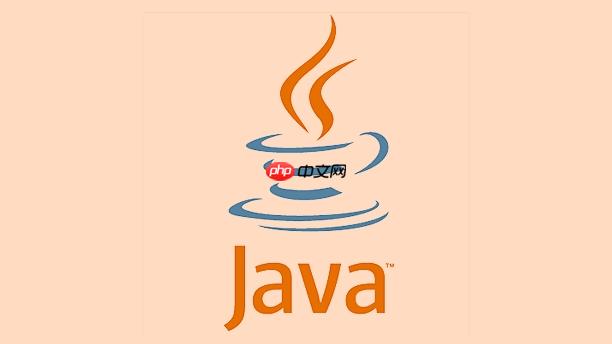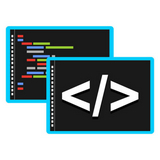答案:Java并发中异常需主动处理,子线程异常无法被主线程直接捕获。可通过UncaughtExceptionHandler处理未捕获异常,为特定线程或全局设置处理器;使用Future时,异常在get()时包装为ExecutionException,需通过getCause()获取原始异常;CompletableFuture提供exceptionally和handle方法处理异步异常;在线程池中可自定义ThreadFactory统一设置异常处理器。关键在于根据场景选择合适机制,避免异常被吞掉。

在Java并发编程中,异常处理比单线程场景更复杂,因为子线程中的异常无法被主线程直接捕获。如果不妥善处理,这些异常可能被静默吞掉,导致程序出错却难以排查。以下是几种常见的处理方式和最佳实践。
每个线程都可以设置一个未捕获异常处理器(UncaughtExceptionHandler),当线程因未捕获的异常而终止时,JVM会调用该处理器。
可以通过以下方式设置:
Thread thread = new Thread(() -> {
throw new RuntimeException("线程内异常");
});
thread.setUncaughtExceptionHandler((t, e) -> {
System.out.println("线程 " + t.getName() + " 发生异常: " + e.getMessage());
});
thread.start();
Thread.setDefaultUncaughtExceptionHandler((t, e) -> {
System.err.println("全局异常处理器:线程 " + t + " 抛出 " + e);
});
当使用ExecutorService提交任务并返回Future时,异常不会立即抛出,而是在调用get()方法时以ExecutionException的形式包装抛出。
立即学习“Java免费学习笔记(深入)”;
示例:
ExecutorService executor = Executors.newSingleThreadExecutor();
Future<Integer> future = executor.submit(() -> {
throw new RuntimeException("任务执行异常");
});
try {
Integer result = future.get(); // 此处抛出ExecutionException
} catch (ExecutionException e) {
System.out.println("任务异常:" + e.getCause().getMessage());
} catch (InterruptedException e) {
Thread.currentThread().interrupt();
}
关键点是通过e.getCause()获取原始异常。

修正了V1.10的一些BUG感购物HTML系统是集合目前网络所有购物系统为参考而开发,代码采用DIV编号,不管从速度还是安全我们都努力做到最好,此版虽为免费版但是功能齐全,无任何错误,特点有:专业的、全面的电子商务解决方案,使您可以轻松实现网上销售;自助式开放性的数据平台,为您提供充满个性化的设计空间;功能全面、操作简单的远程管理系统,让您在家中也可实现正常销售管理;严谨实用的全新商品数据库,便于
 0
0

CompletableFuture提供了更灵活的异步编程模型,其异常处理机制也更强大。
可以使用exceptionally或handle方法来处理异常:
CompletableFuture.supplyAsync(() -> {
if (true) throw new RuntimeException("异步异常");
return "success";
}).exceptionally(throwable -> {
System.out.println("捕获异常:" + throwable.getMessage());
return "fallback";
}).thenAccept(System.out::println);
或者使用handle统一处理正常结果和异常:
future.handle((result, throwable) -> {
if (throwable != null) {
System.out.println("发生错误:" + throwable.getMessage());
return "error";
} else {
return "结果:" + result;
}
});
在线程池中,可以通过自定义ThreadFactory为每个创建的线程设置统一的异常处理器。
ThreadFactory factory = r -> {
Thread t = new Thread(r);
t.setUncaughtExceptionHandler((thread, e) -> {
System.err.println("线程池中线程异常:" + e.getMessage());
});
return t;
};
ExecutorService executor = Executors.newFixedThreadPool(2, factory);
基本上就这些。关键是意识到并发异常不会自动传播,必须主动设计处理机制。根据使用场景选择合适的方案:普通线程用UncaughtExceptionHandler,Future任务注意catch ExecutionException,CompletableFuture则利用其丰富的回调方法。不复杂但容易忽略。
以上就是Java中如何处理并发编程中的异常的详细内容,更多请关注php中文网其它相关文章!

编程怎么学习?编程怎么入门?编程在哪学?编程怎么学才快?不用担心,这里为大家提供了编程速学教程(入门课程),有需要的小伙伴保存下载就能学习啦!

Copyright 2014-2025 https://www.php.cn/ All Rights Reserved | php.cn | 湘ICP备2023035733号